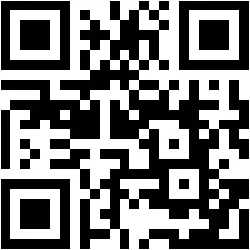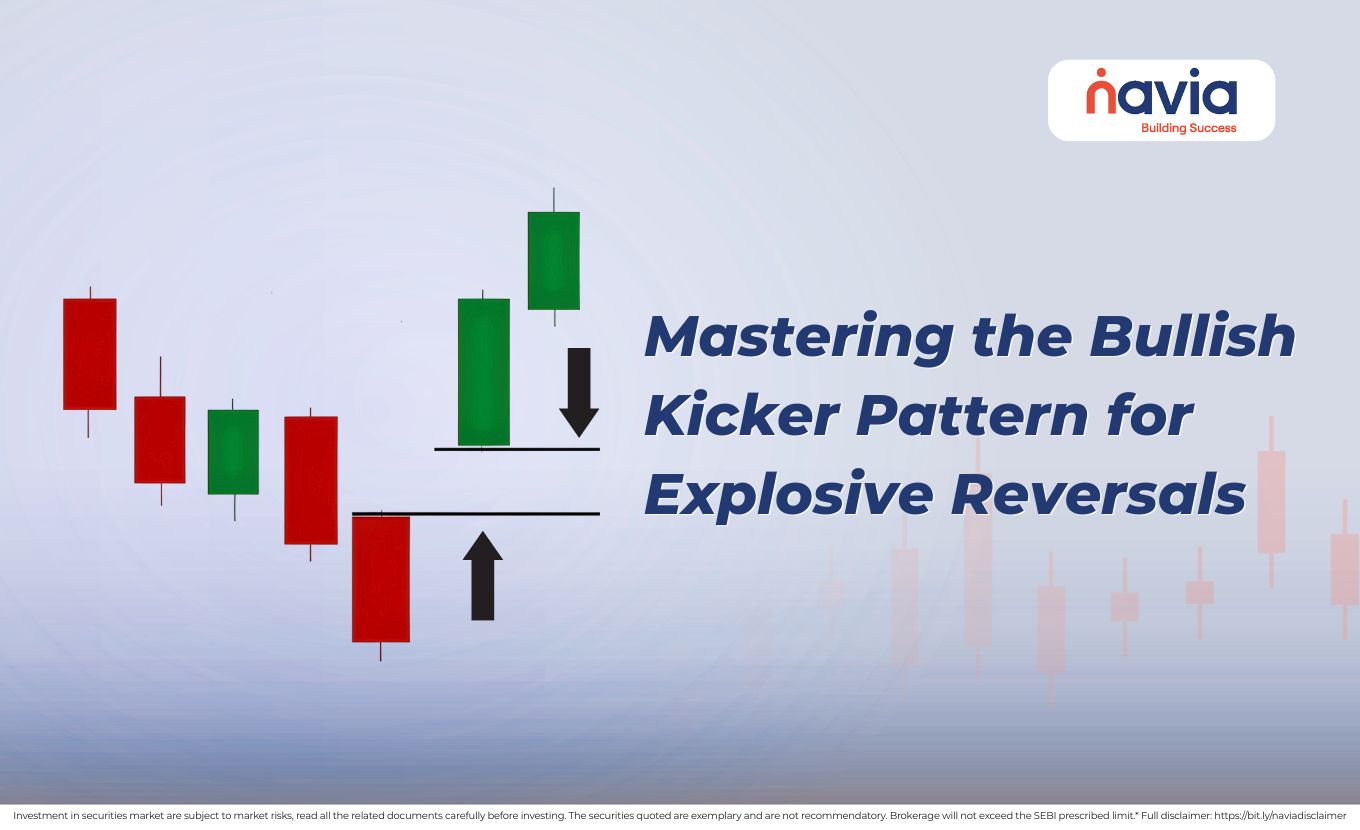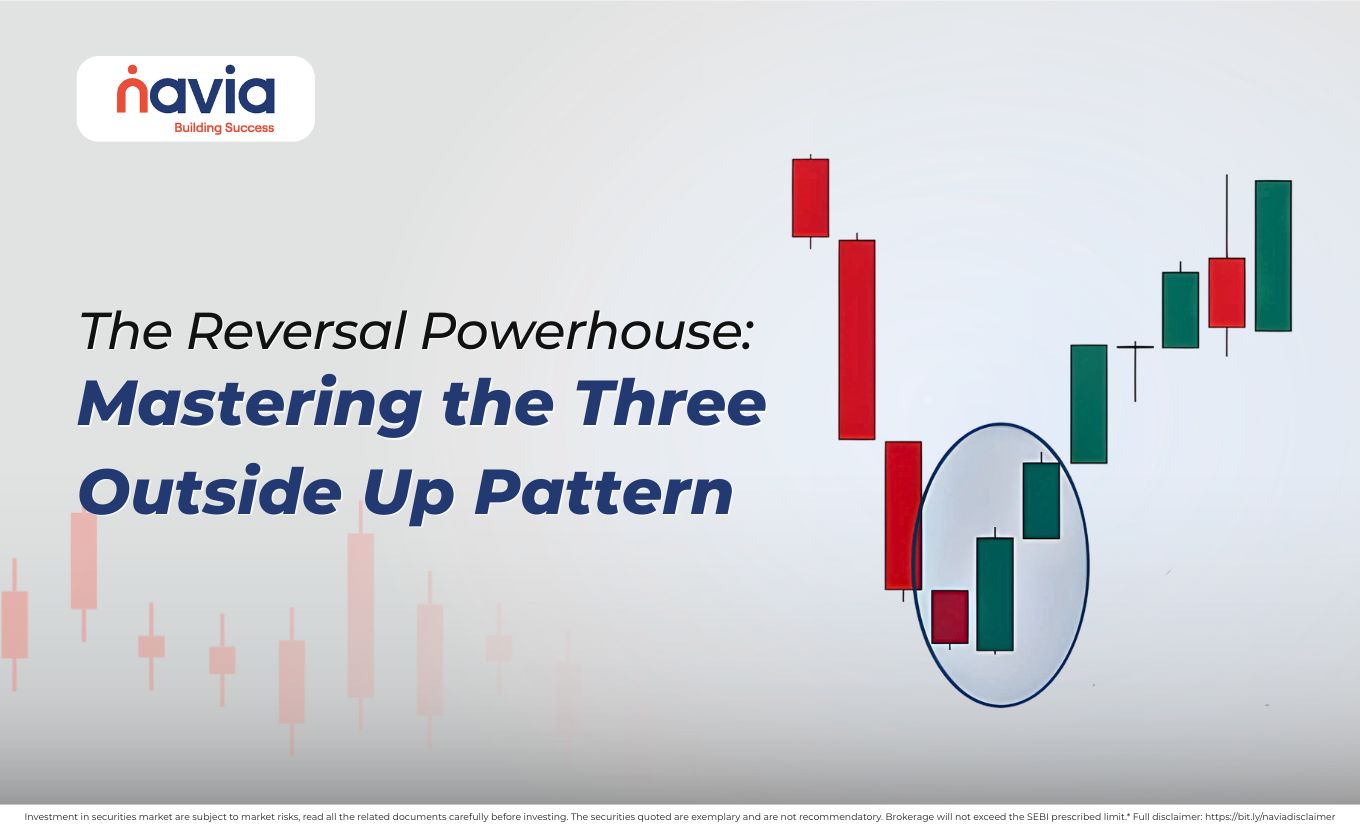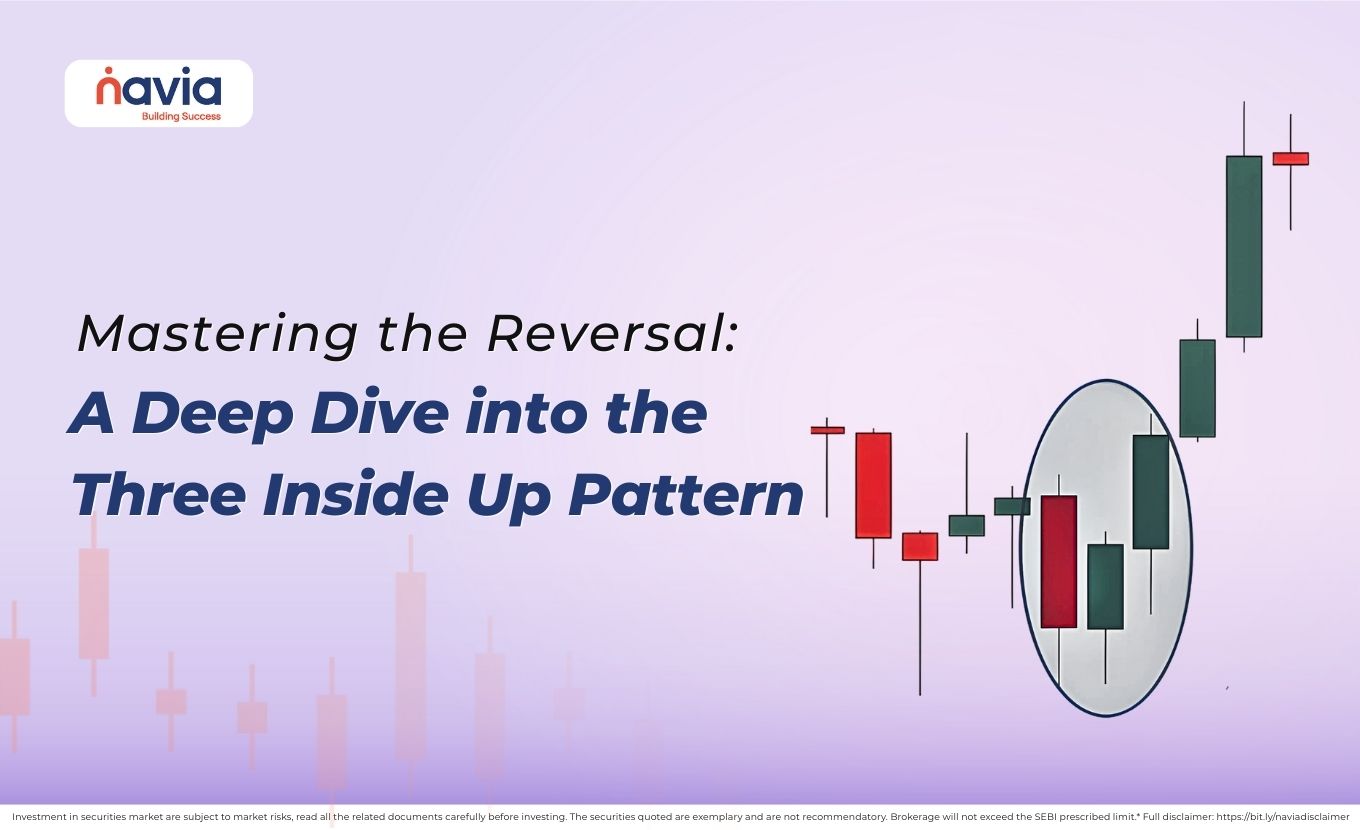How Trading Volume Confirms Price Trends?
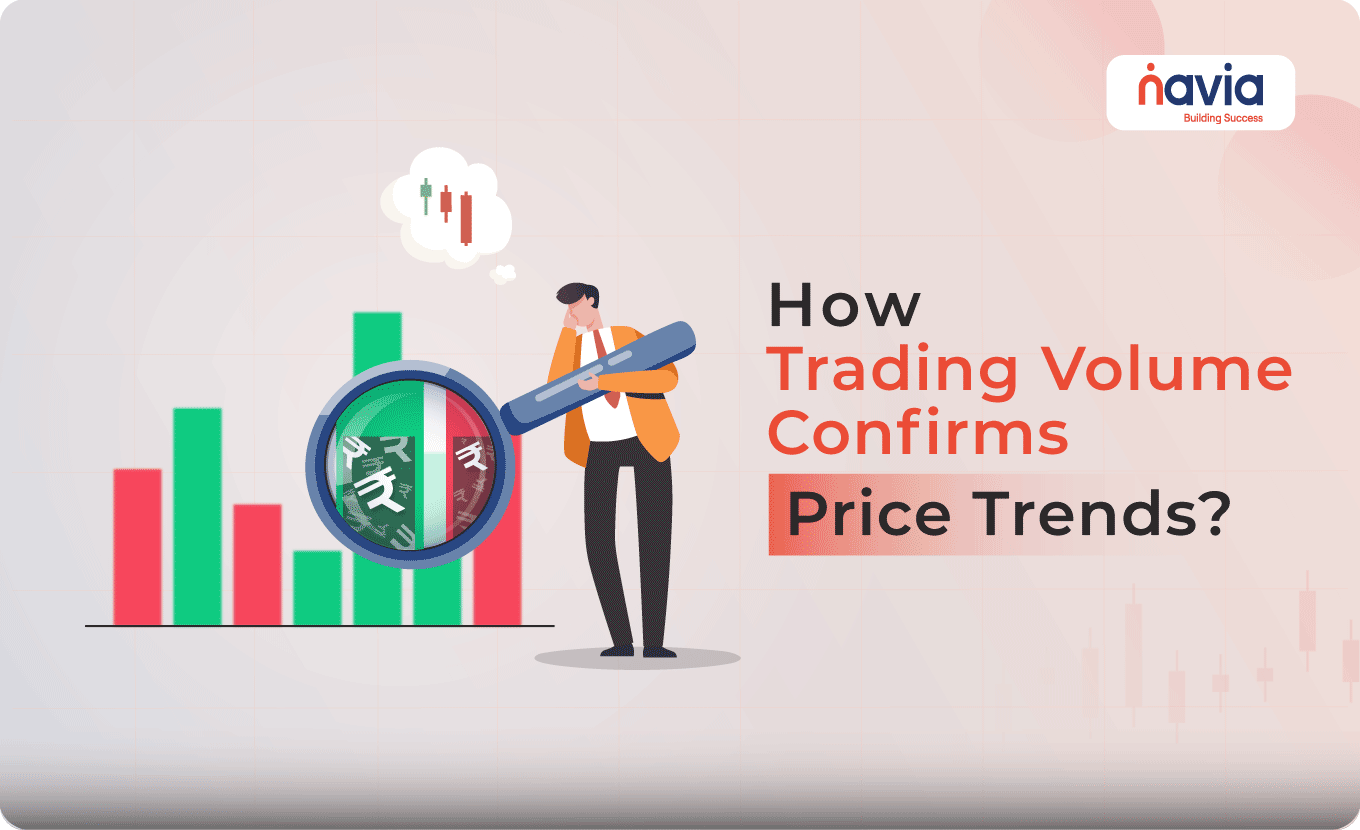
When we analyze a stock’s performance, price movement steals the spotlight. If you do not know about the volume in the stock market, the price trends can be misleading. So, the trading volume acts as the confirmation behind moves, and that helps both traders and investors to understand whether a trend is genuine or fake. From this blog you can explore the significance of volume in stocks, its role in confirming trends and how you can apply it in detail.
What is Trading Volume?
Trading volume or volume in stock market refers to the total number of shares traded during the time frame, like a day, hour or a minute. It’s also a key indicator of market activity and liquidity.
🠖 High Volume indicates a strong investor interest, and,
🠖 Low Volume suggests a lack of participation
The volume adds context to price movements. An uptrend in high volume is more reliable than low volume.
How do Traders Analyze Trading Volume?
Traders analyze trading volume by combining it with price action. Here’s how the process is:
Price-Volume Relationship
If the price rises with high volume means the buyers are in control, but if the price drops with high volume it means the selling pressure is strong.
Volume Spikes
Sudden volume spikes often mark the start or end of a trend, especially around breakouts.
Volume Patterns
In volume pattern analysis, volume dry-up means a decrease in trading volume during the price consolidation. And the volume confirmation is analyzing whether the trading volume aligns with the price breakdown.
Volume Indicators
To measure flow in and out of stocks traders are using on-balance volume (OBV), volume profile and accumulation/distribution.
By analyzing volume alongside price, traders can get a clear view of market sentiment and strength.
Where Can You Find Trading Volume?
Volume data is available via;
🔸 Brokerage Platforms and Trading Apps
🔸 Stock Exchanges (daily reports)
🔸 Financial Websites (like Moneycontrol, Investing.com, etc.)
🔸 Technical Analysis Software (like TradingView app)
If you want to find the trading volume, you can use the above options to get the correct data. But always verify volume by volume, columns underprice candles or histogram shading.
What Does Trading Volume Indicate?
In the beginning, we see that volume is a powerful tool and that it is also an integral part of understanding price trends. Trading volume helps signal;
🠖 Higher volume which means easy entry and exit
🠖 A trend with rising volume will validate the strength or declining volume warns of reversal
🠖 Heavy trades during the quiet hours will often reflects institutional participation
🠖 In trending markets, rising volume showing confidence and in declines, panic selling
So, understanding about the volume not only helps you to follow the current momentum but also anticipate future movements.

Importance of Trading Volume
1. Volume is like a validation tool, so a price move backed by high volume is considered more reliable than low volume.
2. High volume during an uptrend means it has strong demand, while high volume in a downtrend means aggressive selling.
3. A sudden spike in volume can signal exhaustion and a possible reversal, so the traders are watching this volume surge continuously.
4. Higher volume means it has more buyers and sellers, so it’s an easy way to enter or exit trades without major price loss.
How are Price and Volume Related?
The relation between price and volume is explained below;
🔸 Price Up + Volume Up = Trending upward with conviction
🔸 Price Up + Volume Down = Weak rally, possibly short-lived
🔸 Price Down + Volume Up = Strong selling pressure, bearish markets
🔸 Price Down + Volume Down = Potential exhaustion of selling-bulls might return
It means, volume validates price, if the price moves without volume, its reliability is questionable.
Volume in Technical Analysis
In technical trading, volume-based indicators are the key tools, some of them is listed below;
| Tools | Description |
| On-Balance Volume (OBV) | Tracks cumulative volume flow |
| Volume Moving Average | Tracks average volume over days/weeks |
| Accumulation/Distribution Line | Incorporates price positioning within each candle to highlight buying or selling pressure |
| Volume Profile | Displays volume at price levels to show zones of support and resistance |
| Volume Oscillators | Assess buying and selling strength |
Conclusion
You should understand that trading volume is more than just a number; these are the confirmation tools that bring price trends to life. From validating breakouts to signaling trend strength and spotting reversals, volume will improve your trading strategies. So, volume analysis can strengthen trading discipline and improve decision-making.
Open your Demat account and get access to advanced charting tools, real-time volume data, and expert insights—because smart trading starts with the right information!
Do You Find This Interesting?
Frequently Asked Questions
What is a good volume for stock?
A “good” volume depends on the stock’s average. For example, if a stock’s daily volume above the 50-day average suggests strong interest, while unusually low volume may signal caution.
Is high volume good for stock?
It can offer positive or negative impacts that are based on the price of action. Rising prices suggest strong buying interest and trend confirmation and falling prices; it indicates strong selling pressure.
What does low trading volume mean?
Low volume may suggest disinterest, or lack of liquidity. Moves on low volume are less reliable and prone to spikes or whipsaws.
What are volume indicators in technical analysis?
Popular indicators include OBV (On-Balance Volume), Volume Moving Average, Accumulation/Distribution Line, Volume Profile, and Volume Oscillators.
How to calculate volume in the stock market?
Volume equals the number of shares/contracts traded over a period. For indicators, data is used directly or cumulated (like OBV) or averaged (volume moving average).
DISCLAIMER: Investments in securities market are subject to market risks, read all the related documents carefully before investing. The securities quoted are exemplary and are not recommendatory. Full disclaimer: https://bit.ly/naviadisclaimer.
